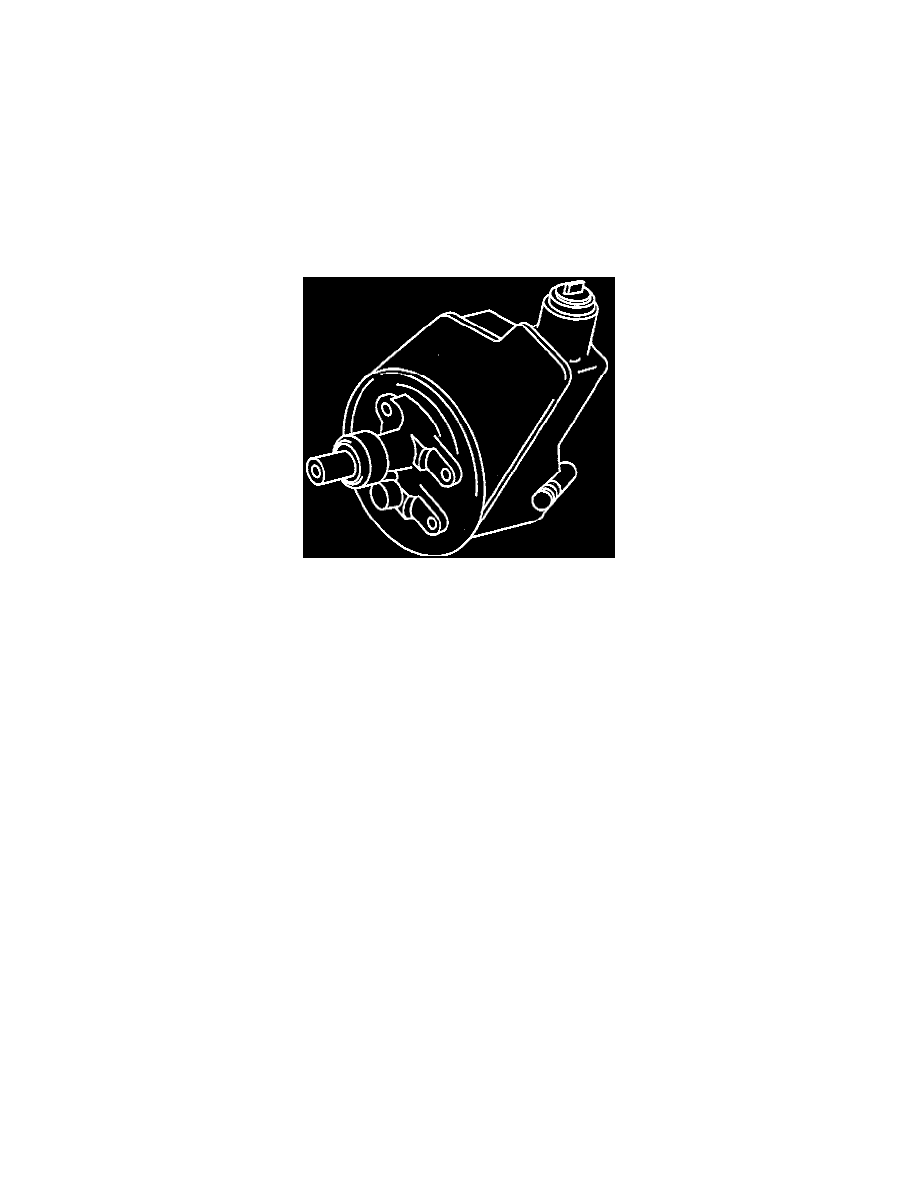Hombre XS Space Cab L4-2.2L CPC (1997)

Steering Gear: Description and Operation
GENERAL DESCRIPTION
The hydraulic power steering system consists of a pump, fluid reservoir, steering gear, pressure hose, and return hose.
POWER STEERING GEAR
^
The power steering gear has a recirculating ball system that acts as a rolling thread between the worm shaft and the rack piston. The worm shaft is
supported by a preloaded thrust bearing and two conical thrust races at the lower end, and a bearing assembly in the adjuster plug at the upper end.
When the worm shaft is turned right, the rack piston moves up in the gear. Turning the worm shaft left moves the rack piston down in the gear. The
rack piston teeth mesh with the sector, which is part of the pitman shaft. Turning the worm shaft turns the pitman shaft, which turns the wheels
through the steering linkage.
^
The control valve in the steering gear directs the power steering fluid to either side of the rack piston. The rack piston converts the hydraulic
pressure into a mechanical force. If the steering system becomes damaged and loses hydraulic pressure, the vehicle can be controlled manually.
POWER STEERING PUMP
^
The power steering pump is a vane-type pump. It houses the internal parts that are inside the reservoir and operates submerged in oil. There are
two bore openings at the rear of the pump housing. The larger opening contains the cam ring, pressure plate, thrust plate, rotor and vane assembly,
and end plate. The smaller opening contains the pressure hose union, flow control valve, and spring. The flow control orifice is part of the pressure
hose union. The pressure relief valve inside the flow control valve limits pump pressure.
